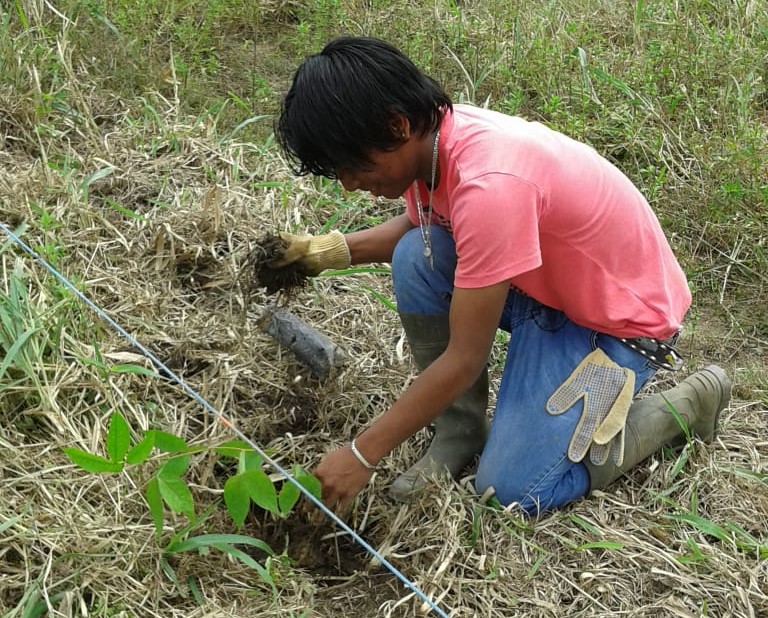
Matiti High School (2015/today)
We work in collaboration with teachers and students from Matiti Agricultural High School to organize annual professional simulations and trainings. We also regularly take student-apprentices.
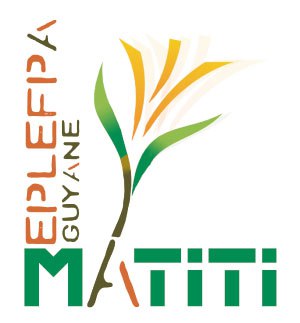
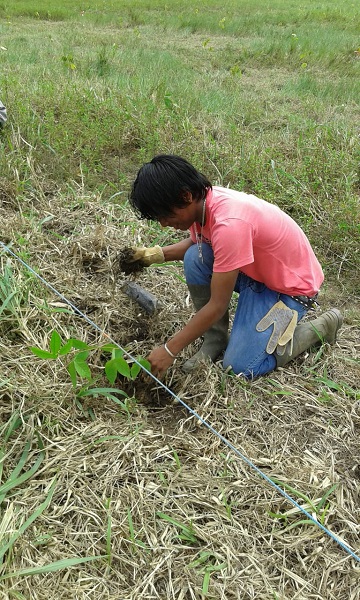
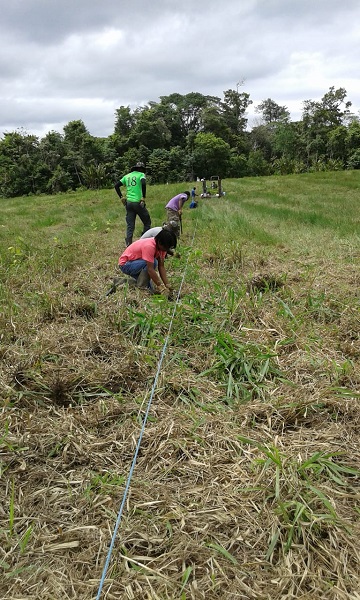

We work in collaboration with teachers and students from Matiti Agricultural High School to organize annual professional simulations and trainings. We also regularly take student-apprentices.



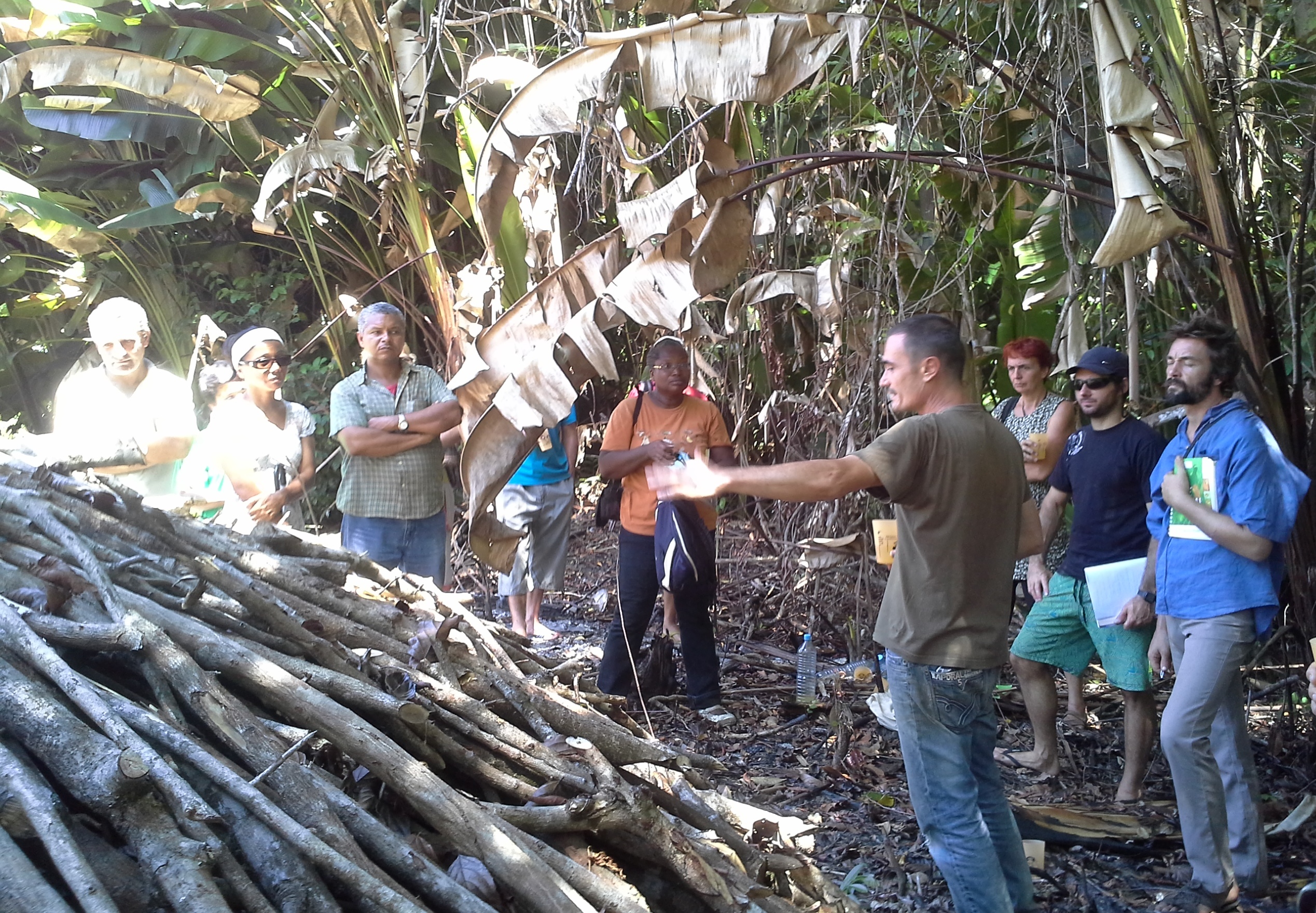
On October 27th, 2015, Solicaz participed in the second RÉAGI workshop conducted, titled, “The Usage of Coal in Agriculture,” in Macouria. The workshop was organized by X. Desbois and A. Sambin.
Charcoal is obtained after the carbonization of wood in order to recover the coal and minerals contained by the wood. In agriculture, this charcoal is a fertilizer that allows for the amelioration of the physical, chemical, and biological properties of the soil at the level of capacity for the retention of water, nutrition-enhancing soil elements and the development of micro-organisms responsible for the mineralization of the organic material.
When we associate charcoal with diverse organic elements like crops, ash, animal dung, fish bones, etc., we obtain a very rich and fertile earth called terra preta. From its composition, this land (of pre-Columbian origin) is highly concentrated in organic matter and nutrients. The micro-organic activity is also highly developed, hence its exceptional long-term capacity for fertility.
After presenting the various agronomic qualities of carbon and the history of terra preta in the Amazon, X.DESBOIS presented the results from tests conducted with carbon – results that Solicaz could only support given its own research. Under the RITA-GUYAFER (The Improvement of Soil Fertility in French Guiana) project, Solicaz demonstrated that the use of carbon improves soil quality by at least 44% and allows for the improvement of soil culture.
Once the workshop was completed, the guests visited the Botanical Garden of Macouria where they were able to benefit from an educational tour by A.SAMBIN of this vast space with its rich floral biodiversity. Sambin also educated guests on the technique of making terra preta, and the results on plant growth and soil quality that had been obtained in just a few years.
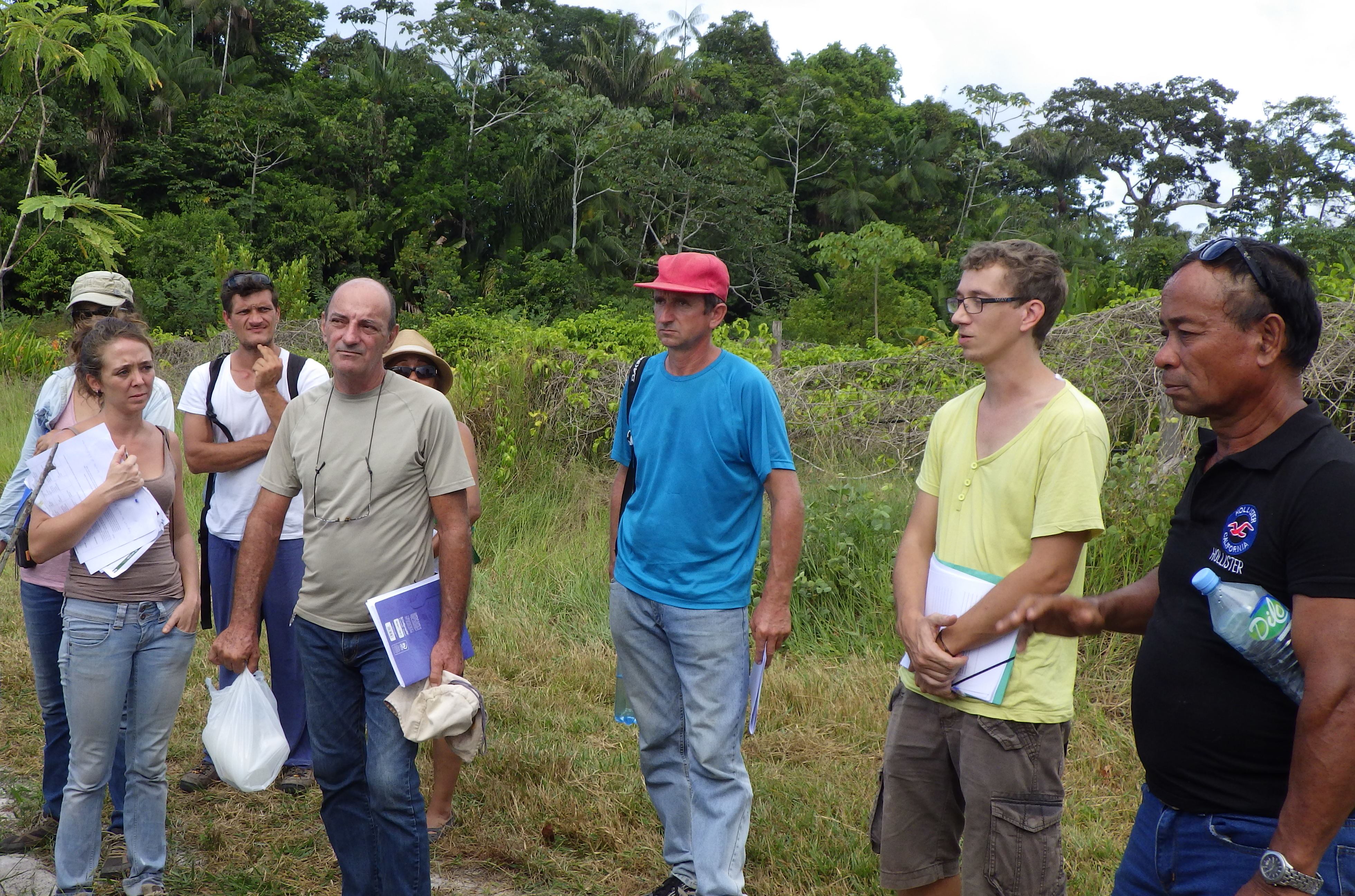
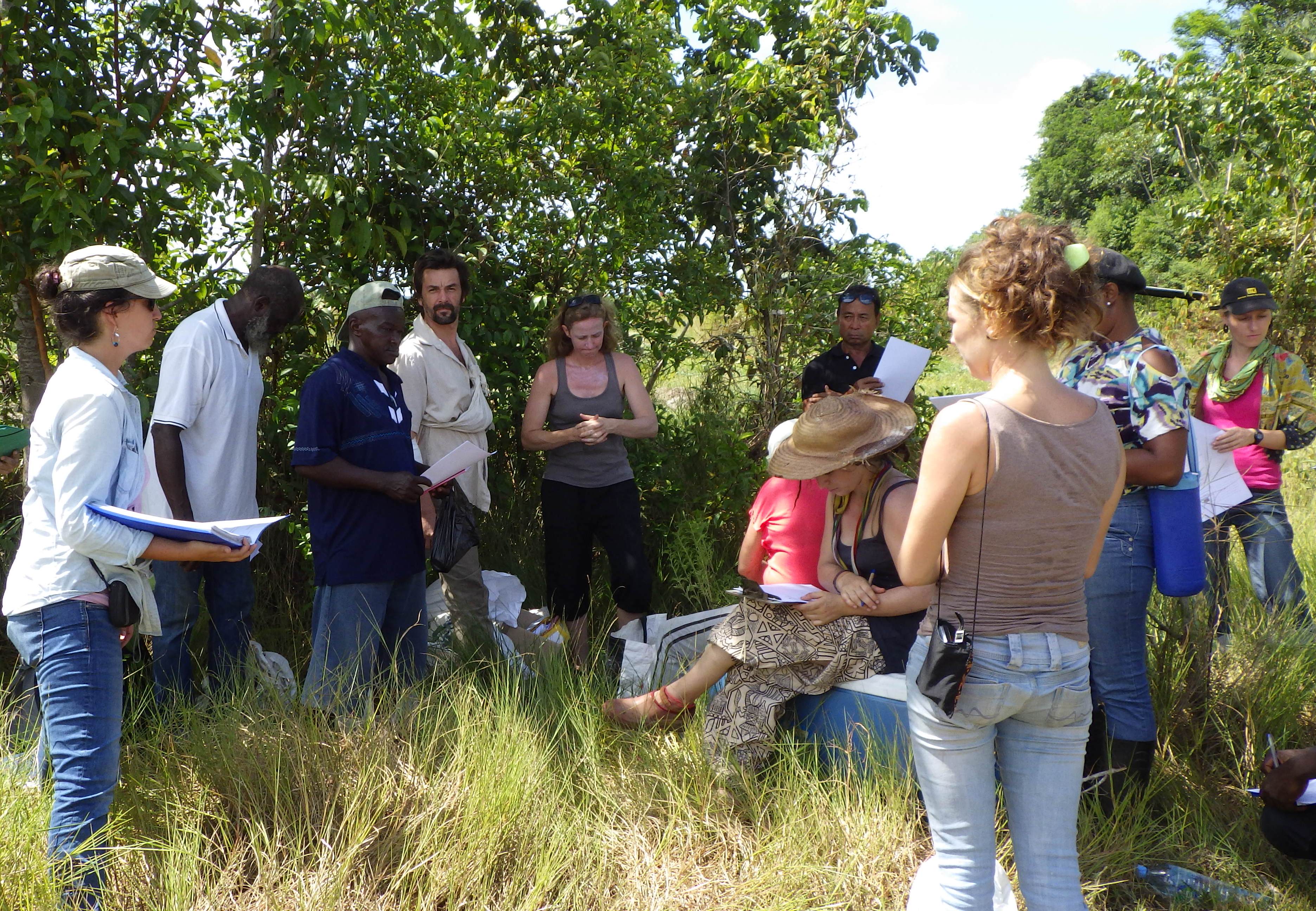
On the 9th of October 2015, at Matiti Agricultural High School, REAGI (The Trade Network in Intertropical Agro-Ecology) proposed a workshop on green manures and cover crops which brought together roughly twenty people from the agricultural world.
The subject was developed by L. DEMADE-PELLORCE from the InGaGen consultancy firm. InGaGen promoted the implementation of practices such as the use of green manures and cover crops while the students uncovered the IKARE plots at the high school, where some of the species may be found.
The plants employed are capable of providing agronomic services such as:
These plants can also be used for the production of biomass and fodder through:
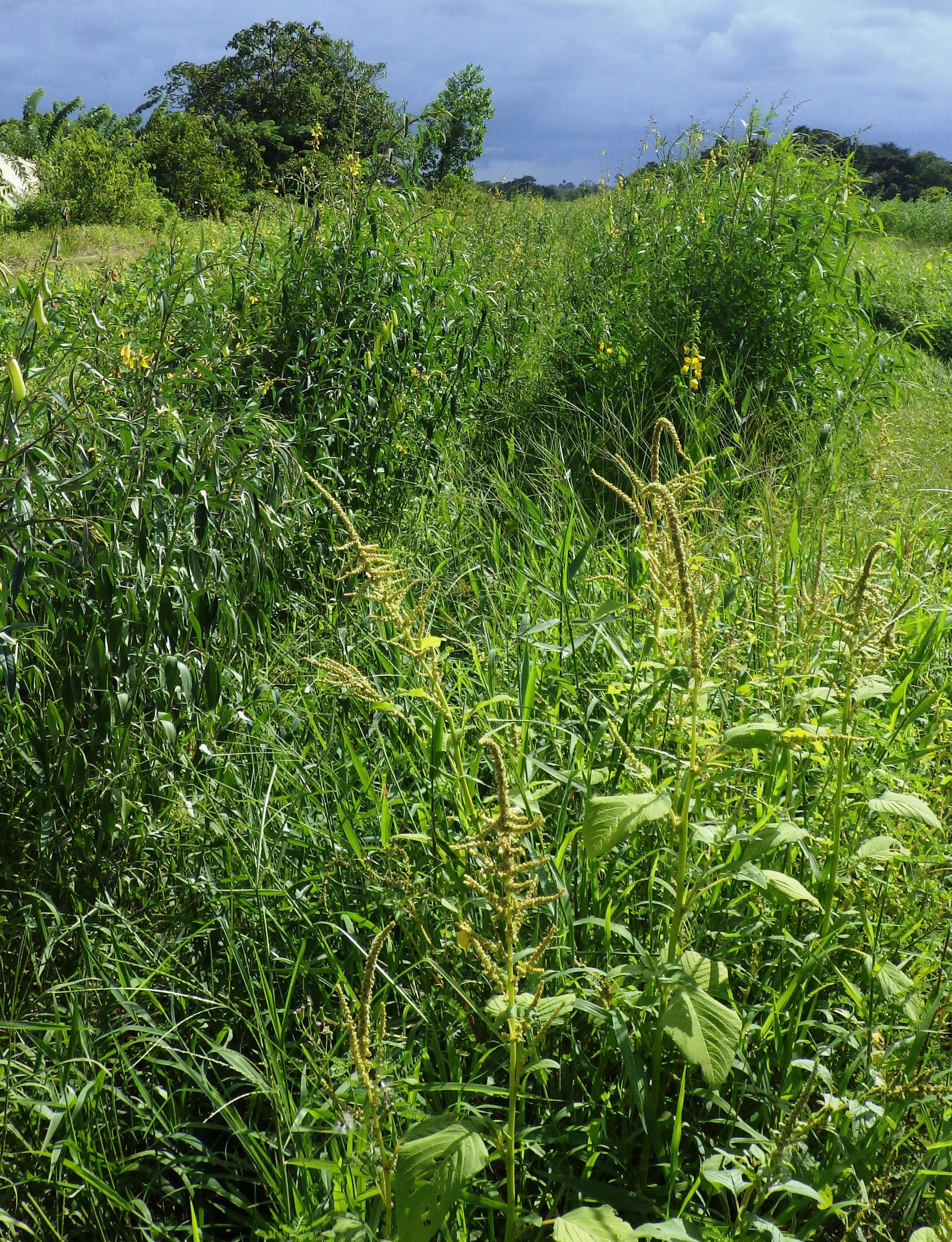
Species of interest, – available as seeds or graftings on the territory (such as Desmodium ovalifolium, Canavalia ensiformis, Alysicarpus vaginalis, Pintoin arachis, Bracharia ruzizienzis, Cajanus cajan, Crotalaria spectabilis, Crotalaria junceal and Calopogonium mucunoides), – were presented but during the establishment of an intercrop plant or of associated plants, the choice of the species is done primarily according to the objectives and constraints of the farmer. Then, the choice will depend upon the period of growth, the implementation strategy and whichever style of maintenance needs to be adapted.
Synthesis of local data on the main species (link in french)
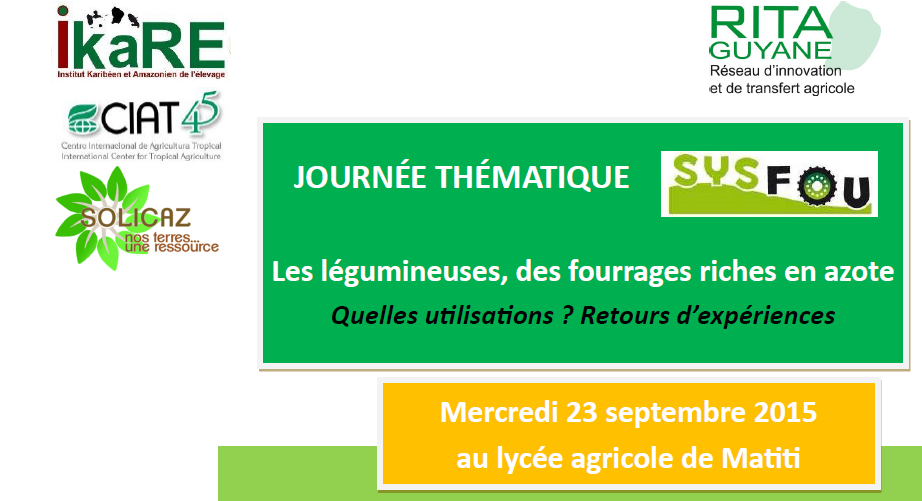
On September 23rd, 2015, Solicaz took part in the Legumes event at Matiti Agricultural High School, which brought together about 40 actors from the agricultural world.
The aim was to present the advantages of planting legumes in pastures, or on crop or fruit-growing plots to public farmers in French Guiana.
Rainer Schultze Kraft, an expert from CIAT (International Centre for Tropical Agriculture) who worked on a collection of tropical forage resources adapted to acid soils, presented a case study of successful agricultural association experiments in breeding / farming systems at the international level.
There at the Matiti Agricultural School, he highlighted the various benefits of using legumes, which improve soil fertility by providing organic matter, a structure for better soil conservation, erosion management and weed control. Legumes make it possible to produce forage of high nutritional value and high regeneration potential from a seed storage in the soil. They can also be used as an essential complement to traditional forage grasses, whose nutritional value decrease with age.
Rainer Schultze Kraft concluded his presentation by emphasizing that legumes are an important ally capable of increasing the production of meat, crops and/or trees in farming and other systems.
The guests were then able to see the fodder platform and the active fallow of the school before discovering the different experiments carried out by IKARE and SOLICAZ at the local level.

William Montaigne, Doctor of Ecology at Solicaz presented the results obtained on experiments whose aim was to improve the management of soil fertility in farming systems in French Guiana. For this purpose, an active fallow was set up with 3 legumes: Mucuna pruriens, Crotalaria ochroleuca and Cajanus cajan. After six months, high biomass production and improved soil fertility were observed as the control had been covered with weeds. The second experiment aimed to observe the impact of nitrogen fertilization on crops with a combination of Brachiaria humidicola and Desmodium ovalifolium. Two months after implantation, soil fertilization was already very promising and there was an improvement in the forage’s nutritional value.
Legumes allow for the sparing use of chemical fertilizers via their nitrogen fertilization capacities, which improves the intake and nutritious value of forage.

Géraldine PAUL, agricultural engineer at SOLICAZ has developed the subject of agroforestry by presenting legumes of Inga type, “sweet pea.” As part of an experiment, several species were planted on a soil that was deeply degraded. In two years, a biodiversity of flora and fauna (underground and aerial) reappeared.
Review of the day: Farmers benefit from including a legume species in their forage or crop systems. In addition to improving the structure and fertility of the soil, they save money and increase the yield of the meat, crops and biomass produced.